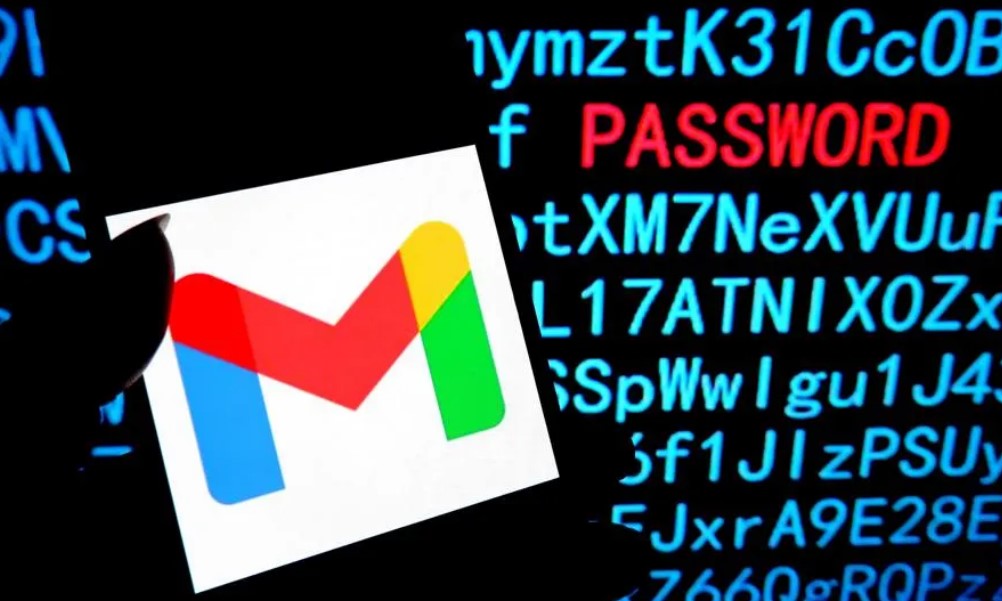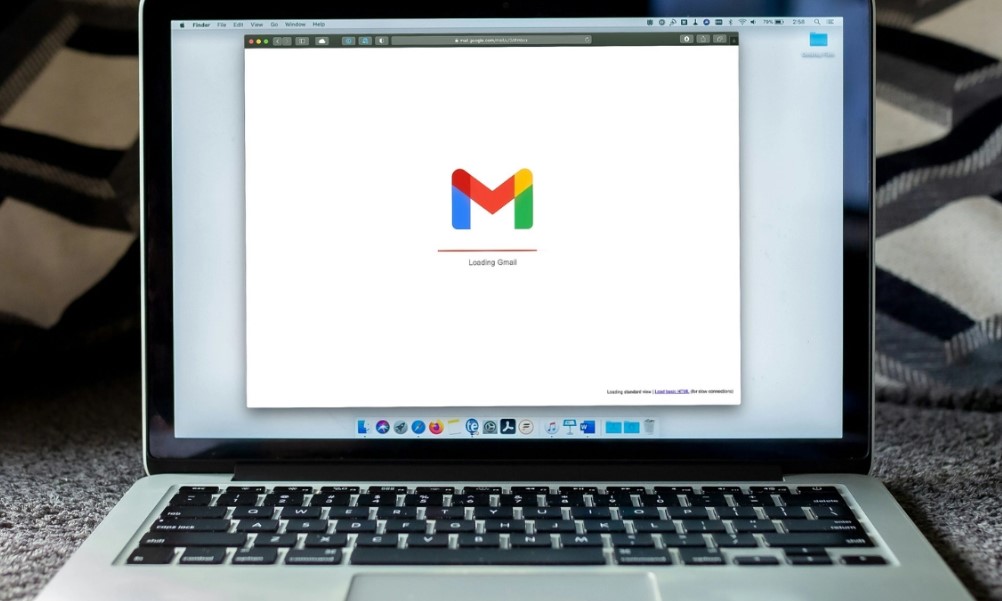How to Recover a Hacked Google Account – Step-By-Step Guide
Having your Google account hacked can disrupt your personal and professional life. With access to your email, documents, and other services tied to your Google account, it’s crucial to act quickly to regain control and secure it against future breaches. This guide provides a detailed explanation of how to recover a hacked Google account and protect it effectively.
Why Recovering a Hacked Google Account is Critical

Your Google account is not just an email address—it’s a hub for various services, such as Gmail, Google Drive, Photos, and YouTube. A hacked account can lead to data theft, unauthorized access to financial services, and identity misuse. Taking timely action not only restores your access but also prevents potential long-term damage.
Signs Your Google Account Has Been Hacked
Detecting early signs of a hacked Google account is critical to mitigating potential damage. Recognizing these warning indicators can help you act quickly to secure your account and protect your personal or professional data.
1. Unusual Login Activity
One of the most evident signs of a compromised Google account is receiving notifications about login attempts from unknown devices or unfamiliar locations. Google typically sends an alert to your recovery email or registered phone number when unusual activity occurs. If you didn’t initiate these logins, it’s a strong indication your account may have been hacked.
2. Password Changes
If your current password no longer works and you’re certain you didn’t change it, this is a red flag. Hackers often change passwords immediately after gaining access to lock you out. In such cases, prompt action is essential to recover your account using the recovery email or phone number.
3. Suspicious Emails in Your Sent Folder
Another common sign is finding emails in your “Sent” folder that you didn’t write or send. Hackers might use your account to send spam, phishing emails, or fraudulent messages to your contacts. This activity can tarnish your reputation and may lead to further breaches if recipients fall victim to these messages.
4. Changes in Gmail Settings
Hackers often alter Gmail settings to maintain control or to intercept information. For instance, they might set up email forwarding to an unfamiliar address or create filters that delete or redirect specific emails without your knowledge. Checking and restoring your settings is crucial if you notice such changes.
5. Missing Data
Files, emails, or contacts that suddenly disappear from your account can indicate unauthorized activity. Hackers may delete or move data to cover their tracks or cause harm. Reviewing your recent activity can help identify the extent of the compromise.
6. Unauthorized Third-Party App Access
Linked applications or third-party services with unauthorized access to your account may also signal a breach. Hackers could use these apps to exploit your data or gain access to other connected services.
Step-by-Step Guide to Recover a Hacked Google Account

Discovering your Google account has been hacked can feel overwhelming, but with the right steps, you can regain control and secure it against future breaches. This comprehensive guide will walk you through the recovery process step-by-step.
Step 1: Recognize the Problem
The first step is identifying signs of unauthorized access to your account. Common indicators include:
- Login alerts from unknown devices or locations.
- Unfamiliar emails in your “Sent” folder.
- Changes in account settings, such as email forwarding or filters.
- Locked-out access due to a changed password.
If you observe any of these signs, act quickly to prevent further misuse.
Step 2: Access the Google Account Recovery Page
Google’s Account Recovery page is your primary tool to regain access to your account. Follow these steps:
- Visit the Recovery Page: Navigate to the Google Account Recovery page.
- Enter Your Email Address: Provide the email address associated with the hacked account.
- Follow the Prompts:
- If prompted, answer security questions to verify your identity.
- Use your recovery email or phone number to receive a verification code.
- Enter the code correctly to proceed.
Tip: If you don’t have access to your recovery options, provide as much accurate information as possible during the process. Google will evaluate your responses to determine if you’re the legitimate account owner.
Step 3: Reset Your Password
Once Google verifies your identity, you’ll be prompted to set a new password. Choose a password that is:
- Strong and Unique: Use a combination of uppercase and lowercase letters, numbers, and special characters.
- Unrelated to Previous Passwords: Avoid using old passwords or ones that are similar.
Example: Instead of using a predictable password like “john1234,” opt for something more secure like “J0hn$ecure2024!”
Step 4: Review Recent Account Activity
After regaining access, it’s crucial to review your account activity to understand the extent of the breach:
- Go to Google Account > Security > Recent Activity.
- Review the list of devices and locations that have accessed your account.
- If you see unfamiliar activity, click Sign Out on those sessions to terminate access.
This step ensures hackers are no longer able to use your account, even if they’re still logged in.
Step 5: Secure Your Account
Securing your account after recovery is vital to prevent future hacks. Implement the following measures:
- Enable Two-Factor Authentication (2FA):
- Navigate to Google Account > Security > Two-Step Verification.
- Set up 2FA using your phone number or a security app like Google Authenticator.
- Review Recovery Information:
- Update your recovery email and phone number to ensure you can regain access in the future.
- Add multiple recovery options if possible.
- Audit Linked Third-Party Apps:
- Check for apps that have access to your account under Google Account > Security > Third-Party Access.
- Remove any unauthorized or unrecognized applications.
Step 6: Restore Compromised Data
If hackers deleted or tampered with your data, you can attempt to restore it:
- Emails: Use the “Trash” folder in Gmail to recover deleted emails within 30 days.
- Files: Check your Google Drive “Trash” for deleted files.
- Contacts: Restore contacts by going to Google Contacts > Settings > Undo Changes.
If data restoration isn’t possible, consider maintaining backups in the future to minimize loss.
Step 7: Update Your Security Practices
A hacked account is a wake-up call to strengthen your overall online security. Adopt these best practices:
- Use a Password Manager: Tools like LastPass or Dashlane help you generate and store strong, unique passwords securely.
- Avoid Reusing Passwords: Every account should have its own unique password to prevent a breach in one account from affecting others.
- Monitor Account Activity Regularly: Periodically review your Google account’s activity and settings.
Step 8: Report the Incident to Google
If you believe your account was hacked through phishing or other malicious activities, report the incident to Google. This helps them identify and address vulnerabilities.
- Visit Google’s Support Page.
- Select the relevant issue and provide details about the hacking incident.
Google may offer additional tools or resources to assist in securing your account further.
Preventive Measures to Avoid Future Hacks
- Enable Security Alerts: Ensure you receive notifications for unusual login attempts or changes to your account.
- Be Cautious with Public Wi-Fi: Avoid logging into your Google account on unsecured networks without using a VPN.
- Recognize Phishing Attempts: Be wary of unsolicited emails or messages asking for your Google account credentials. Always verify the sender’s authenticity.
Benefits of Using Google’s Security Features

Google’s security features are designed to safeguard your account from unauthorized access and provide peace of mind in today’s digital world. Here are the key benefits of using these robust tools:
1. Enhanced Protection Against Unauthorized Access
One of the most significant advantages of Google’s security features is their ability to prevent unauthorized access. With tools like Two-Step Verification (2FA), even if someone has your password, they cannot access your account without the second authentication factor, such as a one-time code sent to your phone or a physical security key.
Example: Two-Step Verification is especially useful for accounts linked to financial transactions, where an additional layer of security ensures sensitive information remains protected.
2. Real-Time Threat Detection
Google employs sophisticated algorithms to monitor and detect unusual activity on your account. If a suspicious login attempt is made from an unrecognized device or location, Google immediately alerts you via email or mobile notifications. This real-time detection allows you to act quickly and secure your account before further damage occurs.
Example: You receive an alert about an attempt to log in from another country, prompting you to change your password and secure your account.
3. Data Recovery Options
In case of accidental deletions or unauthorized modifications, Google offers data recovery tools. Features like the Google Drive Trash and Gmail’s Undo Send help restore emails, files, or contacts. These options ensure your critical data isn’t lost permanently.
Example: If a hacker deletes important files from your Google Drive, you can recover them within 30 days using the “Trash” feature.
4. Simplified Account Management
Google’s Security Checkup tool provides a centralized interface to review and manage your account’s security. You can monitor linked devices, update recovery information, and revoke access to unauthorized third-party apps. This all-in-one tool ensures that maintaining account security is user-friendly and efficient.
5. Peace of Mind
Using Google’s security features ensures your account is safeguarded against common threats like phishing and malware attacks. Knowing your personal and professional data is protected allows you to focus on your daily tasks without worrying about potential breaches.
Top Products to Secure Your Google Account

1. Google Titan Security Key
The Titan Security Key is a physical device designed to provide advanced security for your Google account.
Features:
- Works with two-factor authentication.
- Blocks phishing attempts.
- Compatible with multiple Google services.
Use Cases:
Ideal for individuals and organizations that prioritize security for sensitive data.
Pros:
- Highly secure and phishing-resistant.
- Easy to use with Google accounts.
Cons:
- Requires physical access to the key.
Price: $50
Buy Titan Security Key
2. LastPass Premium
LastPass is a password manager that simplifies the creation and storage of secure passwords.
Features:
- Generates complex, unique passwords.
- Syncs across devices.
- Includes secure storage for sensitive data.
Use Cases:
Perfect for individuals managing multiple accounts, offering enhanced convenience and security.
Pros:
- User-friendly interface.
- Affordable subscription.
Cons:
- Requires regular subscription payments.
Price: $3/month
Get LastPass Premium
3. Norton 360 Deluxe
Norton 360 Deluxe provides comprehensive protection, including dark web monitoring and real-time threat protection.
Features:
- Alerts you if your credentials appear on the dark web.
- Includes a secure VPN for safer browsing.
- Offers antivirus protection for devices.
Use Cases:
Ideal for families or individuals wanting complete digital security.
Pros:
- Comprehensive security features.
- Real-time updates and monitoring.
Cons:
- Slightly higher price compared to standalone products.
Price: $50/year
Secure with Norton 360
Why These Products Are Essential
- Google Titan Security Key: For advanced, physical protection that minimizes hacking risks.
- LastPass Premium: Simplifies password management, reducing the chances of weak or reused passwords.
- Norton 360 Deluxe: Provides holistic protection, including dark web monitoring and malware defense.
Use Cases of Recover a Hacked Google Account
Recovering a hacked Google account is not just about regaining access—it’s about restoring control over your digital life. Below are several real-world scenarios where account recovery is crucial:
1. Securing Personal Information
Your Google account often contains sensitive personal information, including emails, documents, and saved passwords. When an account is hacked, this information becomes vulnerable to misuse. By recovering your account, you can secure sensitive data, prevent identity theft, and restore trust in your digital interactions.
Example: A hacker gains access to your Gmail and starts sending fraudulent emails to your contacts. Recovering your account stops further damage and protects your personal relationships.
2. Protecting Financial Transactions
Google accounts are frequently linked to financial tools such as Google Pay, subscriptions, or accounts with third-party apps. If a hacker gains access, they could initiate unauthorized transactions or tamper with payment methods. Recovering the account ensures you can block unauthorized payments and secure linked financial information.
Example: A hacker attempts to use your Google account to make purchases through connected services. Recovery allows you to revoke access to payment methods and stop further losses.
3. Restoring Access to Professional Tools
Many professionals use Google services like Drive, Docs, and Gmail for work. A hacked account can disrupt communication, delay projects, and jeopardize critical data. Recovering the account ensures seamless workflow continuity.
Example: A business owner loses access to their Google Workspace account, putting confidential business documents at risk. Recovery helps regain access and prevents data leaks.
4. Preventing Future Security Breaches
Recovering a hacked account allows you to identify vulnerabilities and implement stronger security measures like Two-Step Verification. This ensures better protection against future attacks.
FAQs
1. What should I do if I don’t have access to my recovery email or phone?
Answer security questions during the recovery process, or contact Google Support for further assistance.
2. How can I prevent my account from being hacked again?
Enable two-step verification, use a strong password, and regularly review your account’s security settings.
3. Is it safe to use a password manager like LastPass?
Yes, password managers are highly secure and simplify managing multiple unique passwords.